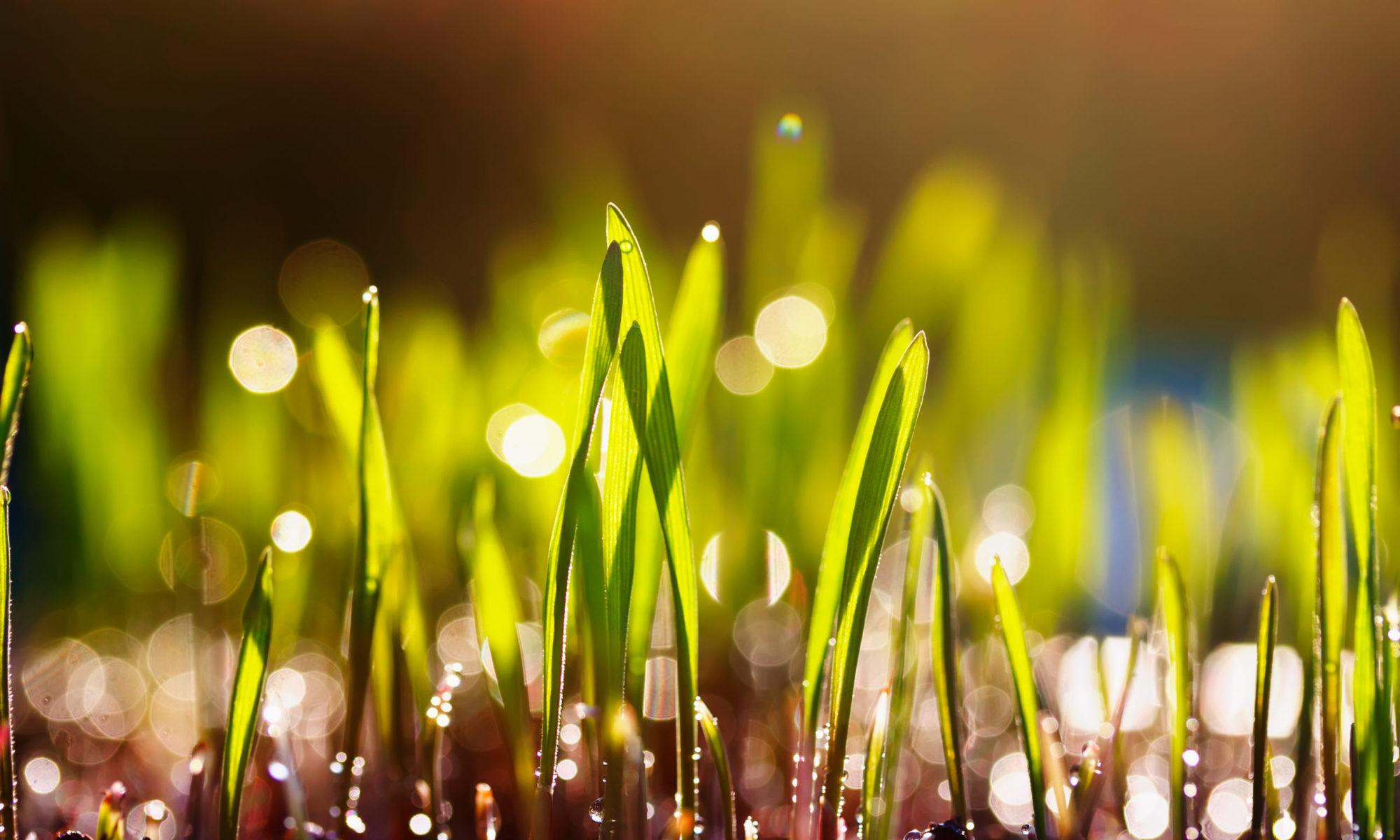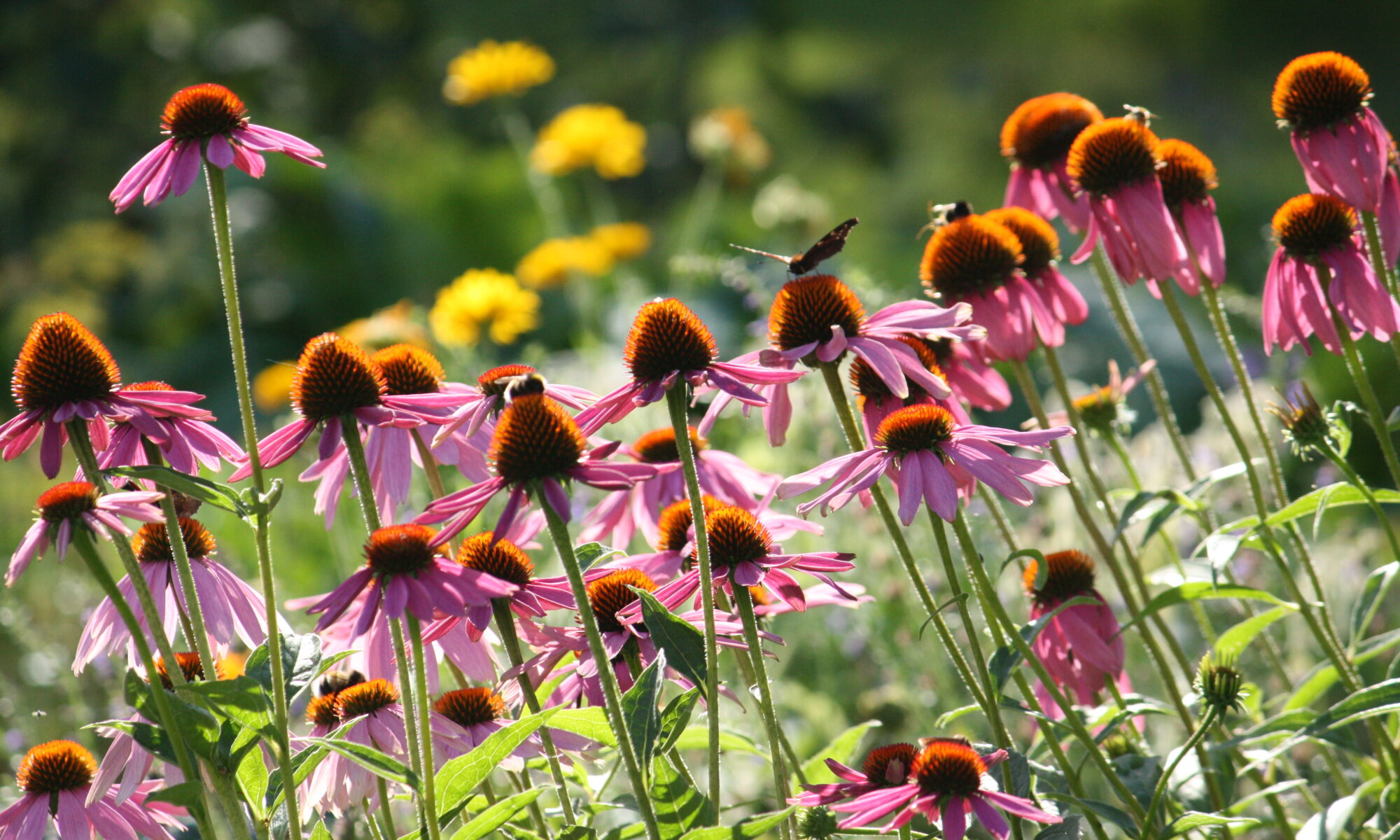Maria Hofman-Bergholm
Sustainability and sustainable development are commonly used terms that we all should know and understand the meaning of, but is that a fact or have they just become buzzwords that people don’t really know what they mean as concepts? What was the state of sustainability when the progress of the 17 SDGs was last measured, and what is sustainability?

In the latter half of the 1980´s the concept of sustainable development became more widely known on the occasion of the “Report of the World Commission on Environment and Development: Our Common Future”, more commonly known as the Brundtland Report (United Nations 1987). At the 1992 UN Conference on Environment and Development in Rio de Janeiro, the action plan Agenda 21 (United Nations 1992) was adopted regarding sustainable development. In 2000 the United Nations Millennium Declaration (United Nations 2000) was ratified by world leaders. Millenium Development Goals derived from the Millenium Declaration (United Nations 2015a). In September 2015 there was a new development agenda adopted by the world’s leaders. This is the Agenda 2030 that contains 17 global sustainable development goals (SDGs) and 169 targets (United Nations 2015b).
This short historical background reveals that the concepts of sustainable development and sustainability have flourished at the international level in different policy documents for quite a long time and most of us have also probably heard about the concepts. Unfortunately, when measuring the progress of the 169 targets at the midpoint (United Nations 2023) in the year 2022 the measurements revealed that almost 37% of the targets showed stagnation or even regression. Only 15% of the targets were on track to be achieved in 2030. Among the targets going in the wrong direction, we find climate change, biodiversity and food security. So why are things going so slowly, why have we not come further since 1987?
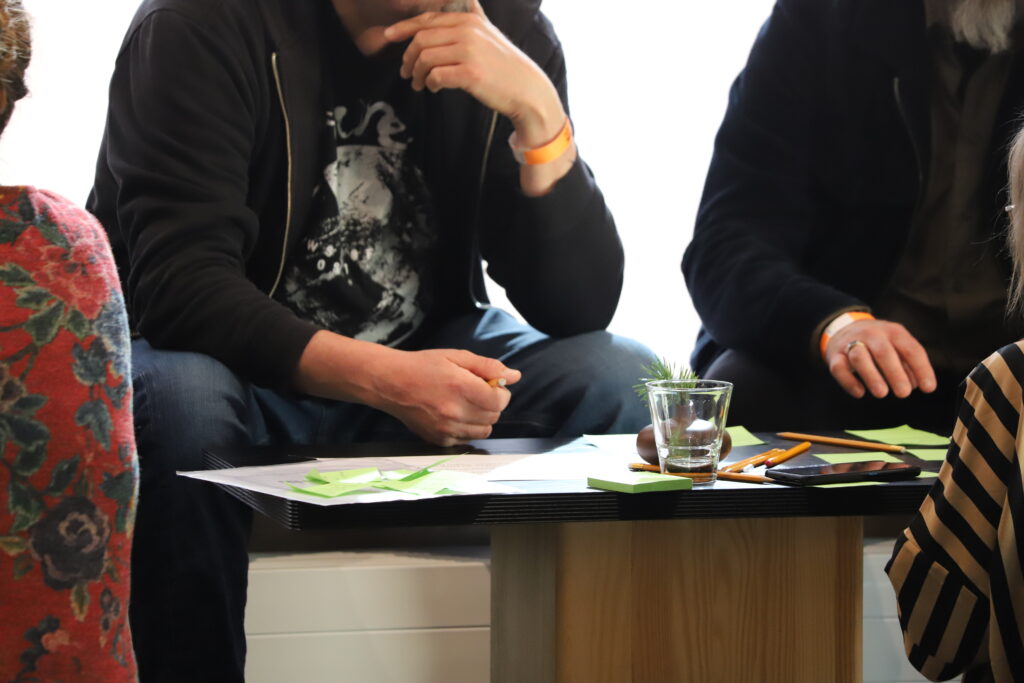
Sustainability – a multifaceted and interdisciplinary concept
The answer to this might be that sustainability has proven to be a complicated and intricate concept that is not very easy to understand and grasp. It is a multifaceted and interdisciplinary concept that affects our future through, e.g., cultural, social, economic, political, and ecological aspects in a complex interaction (Wolff, Sjöblom, Hofman-Bergholm & Palmberg 2017). These different aspects of sustainable development are intertwined, building a complex system and one aspect cannot alone contribute to achieving a sustainable development. Now we also know that the wellbeing of humankind is dependent on nature. Complex natural systems provide us with essential ecosystem services such as clean water, food, carbon sequestration and energy (Hofman-Bergholm 2023).

At the moment our biodiversity is declining at an alarming rate, also in Finland (Finlands miljöcentral 2022) and some may find it difficult to see and understand the consequences of this. But the fact is that if we degrade the functioning of an ecosystem, the quantity or quality of the services the system produces may deteriorate. For example, a damaged aquatic and wetland habitat cannot produce fish for food, water purification or flood protection (Finlands miljöcentral 2022). During the last years there has also been a dramatic decline in pollinators, which is very worrying as pollinating insects are essential for our food production. This implies that it is very urgent right now to clarify and highlight in public that the world´s biodiversity is essential to food production (FAO 2019; Forslund, Gorst, Briggs, Azevedo & Smale 2022), as without biodiversity there will eventually be no adequate food to eat (FAO 2019). Furthermore, perhaps the most important thing to discuss would be: how do we and our actions affect biodiversity?
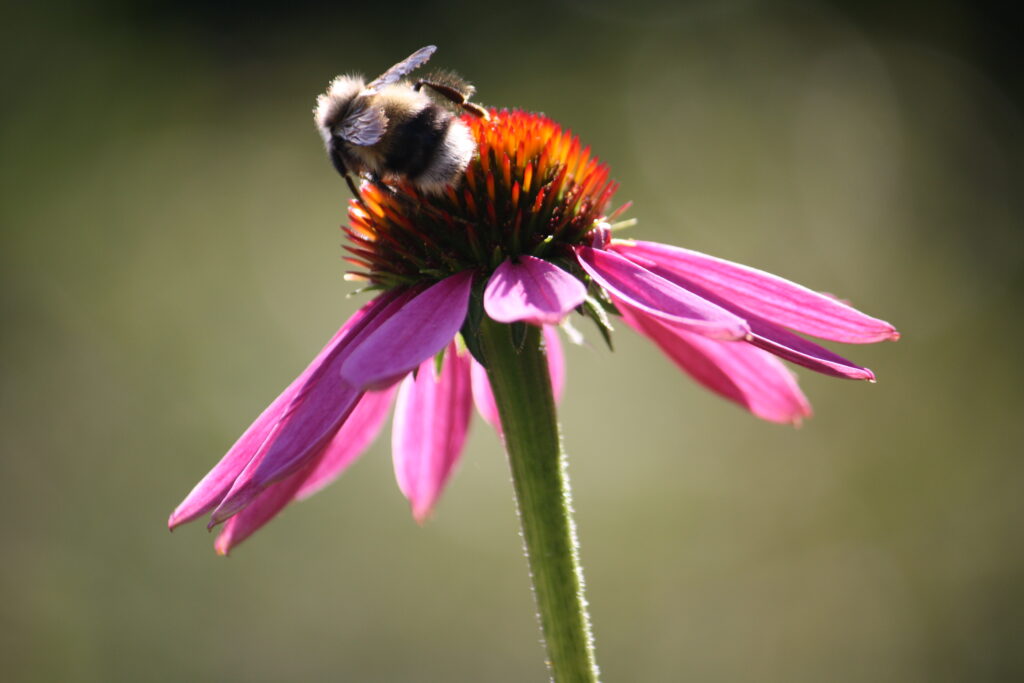
Whose responsibility is it?
According to Suomen Luontopaneeli (Valtioneuvosto 2023), which is an independent, multidisciplinary expert body tasked with compiling scientific knowledge on biodiversity and promoting science-policy dialogue to support nature policy planning (Miljöministeriet 2023), Finland is one of the countries that causes the most damage to nature on a per capita basis.
Suomen Luontopaneeli argues that this means that much work remains to be done to change our consumption habits (Dönsberg 2023). It is found that one part of the problem is that it is difficult for us to see where the products we use come from and it is also difficult to know where the products go after we dispose of them. Often the products originate from nature, and in many cases, they also end up in nature (Ibid.). This makes product labelling and information on different products highly important, and we enter the area of the responsibility of the companies that produce the wares. Here is a change in progress as there are large companies and financial institutions requiring, through the campaign “Make it mandatory”, that policy makers should make it mandatory for companies to calculate and report their footprint on nature. Companies participating in this campaign from Finland are for example the S-Group, Valio, Stora Enso and Lassila & Tikanoja (Ibid.). This is an important action and statement coming from companies themselves in an attempt to awaken the policy makers to make important decisions for our environment.

When it comes to making decisions for the policy makers, economic values always win out. That is why we need to start valuing biodiversity and take it into account for economic reasons and see nature as a capital stock, otherwise we will probably never see a change (Dönsberg 2023). For instance, the work of pollinators is estimated to be worth €216-529 billion globally (Miljöförvaltningen 2023). Perhaps it is time to start calculating the economic worth of the ecological systems to make people think about how they affect it.
Funders require that funded projects work towards sustainability
To stop the loss of nature, all parts of society need to be involved and have a common understanding of the situation, based on research. For this purpose, there is a need for environmental education and training at different educational levels (Dönsberg 2023). For a sustainable future it is crucial that every living human being should be active in their actions to strive for sustainability, in accordance with their own abilities. To accelerate the sustainability agenda, which according to measurements of progress obviously requires us to speed up the process, most project funders now require that funded projects work towards some of the different SDGs. The application processes are often permeated by sustainability issues and, appliers are expected to explain how their project works towards sustainability and also report on results regarding sustainability. This is a welcome procedure and also quite effective to make project workers aware of the sustainability issues.
Below is a picture from the Suomen YK-liitto’s webpage showing the 17 SDG´s for those who still are not familiar with all the goals. At this Finnish webpage you can find easily accessible information about the SDGs and the 169 targets in Finnish. You can also access the same information in English from the United Nations webpage.
There is plenty of information about the SDG´s if you search the web. The more difficult part is to develop a comprehensive understanding of how one’s own daily choices and actions affect the different goals and targets, for this there is a need for a developed systems thinking. To achieve this we need training, just as Suomen Luontopaneeli (Dönsberg 2023) suggests, at different educational levels – also within higher education.

Photos in this article: Sara Kåll-Fröjdö
References
Dönsberg, A. 2023. Finlands Naturpanel: Vi kan inte rädda naturens mångfald om vi inte förändrar våra värderingar – pengar är inte allt. Available at: https://svenska.yle.fi/a/7-10028790. Referenced 11 April 2024.
FAO. 2019. The State of the World’s Biodiversity for Food and Agriculture; Bélanger, J., Pilling, D., Eds.; FAO Commission on Genetic Resources for Food and Agriculture Assessments: Rome, Italy, 2019; p. 572. Available at: https://www.fao.org/3/CA3129EN/CA3129EN.pdf. Referenced 11 April 2024.
Finlands miljöcentral. 2022. Livskraftiga naturtyper erbjuder arterna en livsmiljö och ekosystemtjänster för människan. Available at: https://www.ymparisto.fi/sv/naturen-vatten-och-hav/naturens-mangfald/mangfalden-av-naturtyper. Referenced 11 April 2024.
Forslund, T., Gorst, A., Briggs, C., Azevedo, D. & Smale, R. 2022. Tackling root causes. Halting biodiversity loss through the circular economy. Sitra studies 205.
Hofman-Bergholm, M. 2023. A Transition towards a Food and Agricultural System That Includes Both Food Security and Planetary Health. Foods 12(1), 12. Available at: https://doi.org/10.3390/foods12010012. Referenced 11 April 2024.
Miljöförvaltningen. 2023. Skydda närnaturen. Available at: https://www.ymparisto.fi/sv/hallbar-vardag/skydda-narnaturen. Referenced 11 April 2024.
Suomen YK-liitto. 2024. Kestävä kehitys. Available at: https://www.ykliitto.fi/kestava-kehitys#tavoitteet. Referenced 11 April 2024.
United Nations. 1987. Report of the World Commission on Environment and Development: Our Common Future. Available at: https://sustainabledevelopment.un.org/content/documents/5987our-common-future.pdf. Referenced 11 April 2024.
United Nations. 1992. Agenda 21. Available at: https://sustainabledevelopment.un.org/content/documents/Agenda21.pdf. Referenced 11 April 2024.
United Nations. 2000. United Nations Millennium Declaration. Available at: https://www.ohchr.org/en/instruments-mechanisms/instruments/united-nations-millennium-declaration. Referenced 11 April 2024.
United Nations. 2015a. The Millennium Development Goals Report 2015. Available at: https://www.un.org/millenniumgoals/2015_MDG_Report/pdf/MDG%202015%20rev%20(July%201).pdf. Referenced 11 April 2024.
United Nations. 2015b. Transforming our world: the 2030 Agenda for Sustainable Development. Available at: https://sdgs.un.org/2030agenda. Referenced 11 April 2024.
United Nations. 2023. Progress towards the Sustainable Development Goals: towards a rescue plan for people and planet. Available at: https://unstats.un.org/sdgs/files/report/2023/secretary-general-sdg-report-2023–EN.pdf. Referenced 11 April 2024.
Valtioneuvosto. 2023. Arviointi: Suomen luontopaneelin työ päätöksenteon tueksi kiitettävää. Available at: https://valtioneuvosto.fi/sv/-/1410903/utvardering-finlands-naturpanels-arbete-for-att-stodja-beslutsfattandet-har-varit-beromvart?languageId=fi_FI. Referenced 11 April 2024.
Wolff, L.-A., Sjöblom, P., Hofman-Bergholm, M. & Palmberg, I. 2017. High performance education fails in sustainability? – A reflection on Finnish primary teacher education. Educ. Sci. 2017, 7(1), 32. Available at: https://doi.org/10.3390/educsci7010032 Referenced 11 April 2024.
Maria Hofman-Bergholm
RDI-expert
Centria University of Applied Sciences
Tel. +358 40 356 3305
